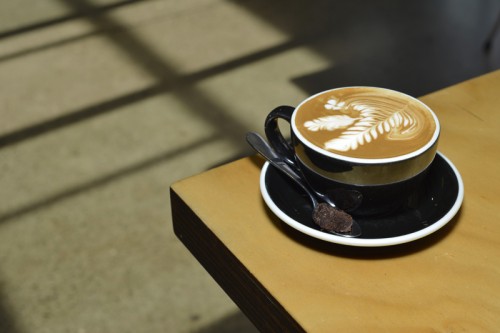Cappuccino – The Insider’s Guide to Coffee #4
The Cappuccino is one of the drinks that introduced New Zealanders to espresso coffee, and is still popular today – although more so in North America.
The history of the name ‘Cappuccino’ is up for debate. Some say it comes from the Capuchin monks in Italy whose habits featured hoods of a distinctive red/brown colour.
Others claim it stems from the ‘kapuziner’, a type of coffee which originated in Vienna in the 19th century.
On top of its disputed origins, it is also a coffee which has been much maligned owing to the habit of some for making it with lots of milk and chocolate – leaving it out of balance. Not the way we do it!
A good Cappuccino should be roughly equal parts espresso, steamed milk and foamed milk – roughly 30–50ml of each. It should also fill the cup, featuring a white ‘cap’ with a rim of dark brown crema around the outside.
As well as being called a ‘monk’s head’ – due to the white foam surrounded by dark brown crema, we have heard Cappuccinos referred to as the ‘Marge Simpson’ of coffee drinks – as the milk is foamed up like a Marge Simpson ‘beehive’ hairdo on top of the espresso coffee. (It’s certainly a memorable way of describing it!)
And every self-respecting Cappuccino comes with a delectable garnish. Typically, it will be chocolate or cinnamon – you can have either, or both, here at Watery Mouth Café. To finish we like to serve it with a morsel of our famous Watery Mouth Café choc slice.
And here’s a tip for the home barista if you’re wondering what temperature to steam the milk too.
The standard is roughly 68–70oC – though some customers like it hotter (up to 80oC, as per the customer’s wishes). At Watery Mouth Café we like to go a little hotter, 72oC, so that even if you’re upstairs, your coffee will arrive nice and hot to your table.
When making coffees at home that 68–70oC is a good benchmark.
Until next time…
Cheers,
Juliet.


